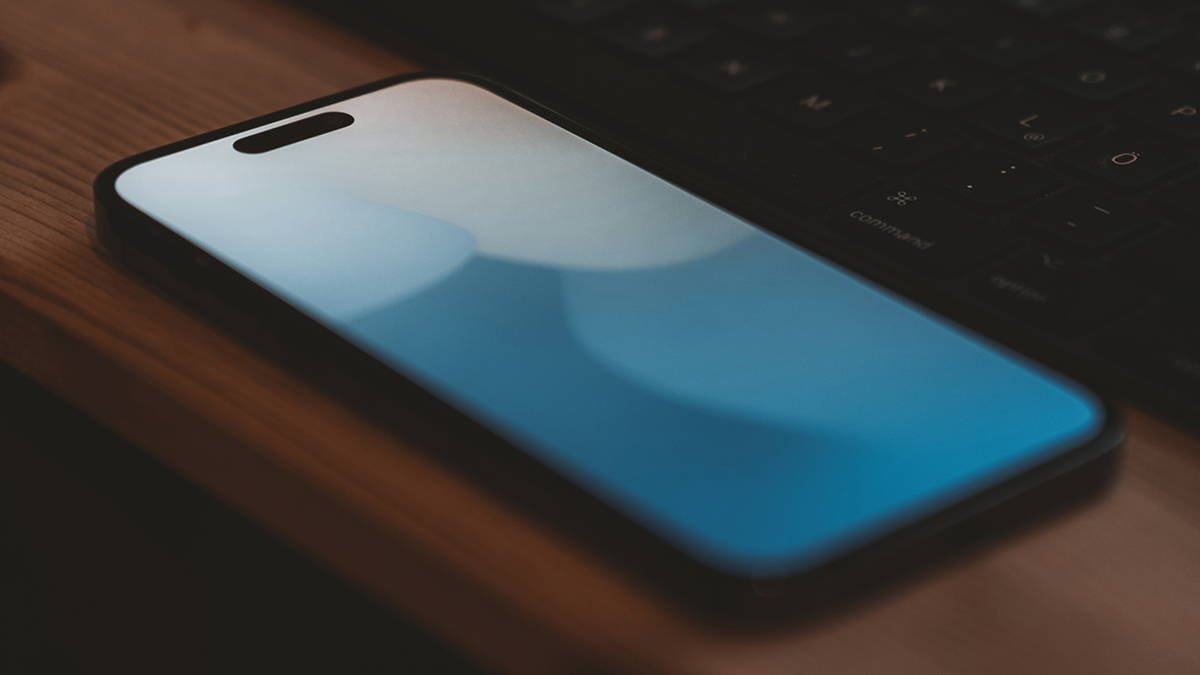Our favorite operating system has a large number of privacy tools, it is an aspect that has gained interest over the years. And one of the most important tools is to record reviews, some colored dots that appear on the screen every time an app accesses the Android microphone and/or camera. All? No, there are exceptions.
How to know if an application is accessing the mobile microphone? Android reveals itself with a small green dot that appears in the upper right part of the screen, you have probably seen it when recording audio from WhatsApp or using the phone. This visual alert is a great way to know if a spy app is installed on your mobile, although it is not always infallible. There is an infiltration in the Google Pixel.
It’s playing, the ninja of apps that use the microphone
Android offers access to the device’s microphone through the corresponding API. This access implies that the developer must ask the user for permission to use such delicate hardware as the microphone. And, so that said user knows that his phone is recording it, a green dot appears (or the icon of a green microphone in the case of the Pixel) that indicates the delicate access.
The green dot has been present on our phones and tablets since Android 12. Google has paid attention to a similar function that Apple introduced in iOS 14. And not only does a green mark appear when an application uses the microphone: if the camera is on It will be an orange dot that appears on the screen (or a camera icon).
As we said, all applications that use the microphone activate a green dot on the screen to inform the user that the microphone is working. But there is one that does not: it rings or “Now Playing”, from the Google Pixel. This application constantly listening in the background to identify songs playing around you; then create a music playlist. And it comes from Google.
Is Playing is a feature that analyzes the surrounding music to create a list of all songs being played
Oddly enough, the law-maker is cheating, since the same company that develops Android also introduces an exception that benefits its own app. Without this involving a questionable use of the microphone permission, It’s Playing does not pose any risk to privacy.
Why doesn’t Google show the green dot? Because it’s a secure, private and authorized app
Automatic music detection with It’s Playing
Google makes an exception with its own application, included in the Pixel, thanks to its audio recognition system no need to constantly access the microphone and works completely offline. That is, no data leaves the phone; neither to compare songs nor to share captured playlists.
As the company reports on its help page, It’s Playing analyzes whether music is playing in the environment using a intermittent listening in the background. As soon as it detects a song, the microphone captures a few seconds of samples and compares them with data from a music database stored in all Google Pixels. The process barely consumes battery resources and lacks internet access.
Although all activity on It Sounds occurs locally and without user intervention, Google may send usage data to its servers. Although only in the event that said user will agree to share information with Google
This is not the only app that “hides” microphone access
Recent list of songs detected by Esta Sonando
Google clarifies: if a developer wants to access the user’s microphone, the mobile phone will notify it with the green dot. Now, there are exceptions for some system applications, as is the case with It’s Playing. For example, our mobile listen in the background until it detects the “Ok, Google” of the assistant without constantly showing the notice. And the same thing happens for Gemini or Bixby on the Samsung Galaxy, for example.
Options like “Ok, Google” detection also don’t show the green dot. Yes appears when the assistant is listening for the user’s command
Since It’s Playing doesn’t actively record audio, it runs privately and locally, and has a safe passage for “breaking the rules.” And it works really well: it’s one of our favorite features of the Google Pixel.
Cover image | Ivan Linares
In Xataka Mobile | What to do if you see ads and commercials on your mobile phone
In Xataka Mobile | 192.168.1.1 or 192.168.0.1: How to enter the router and configure the connection








